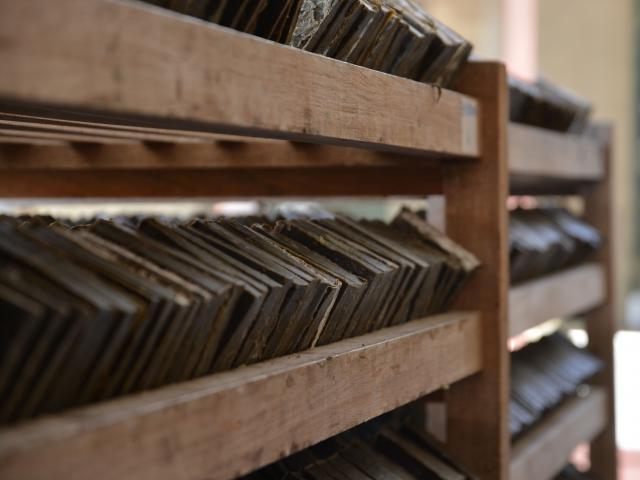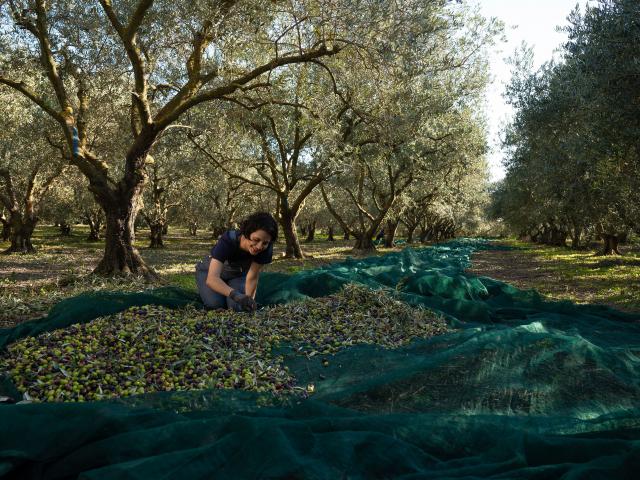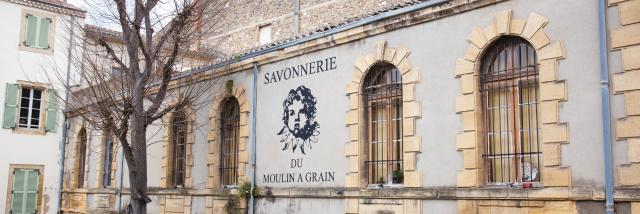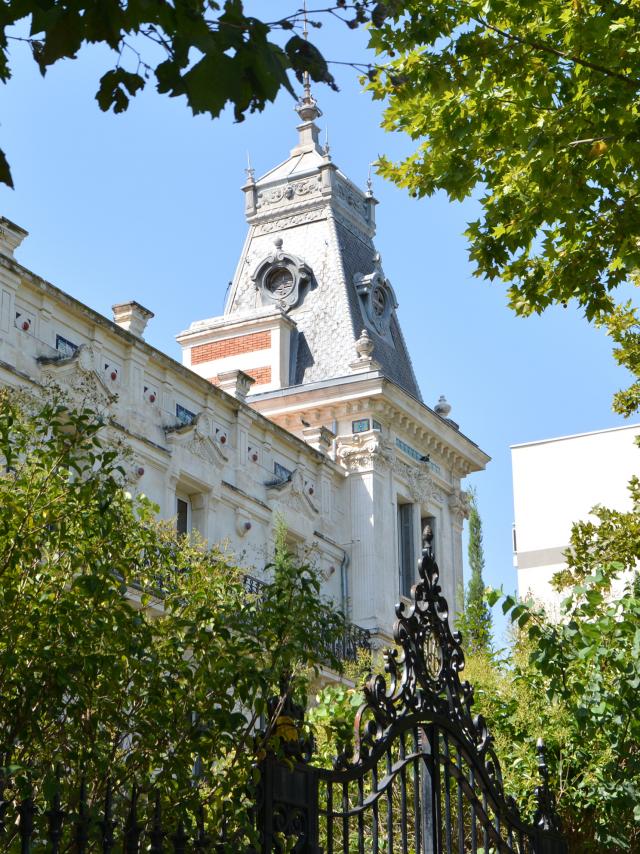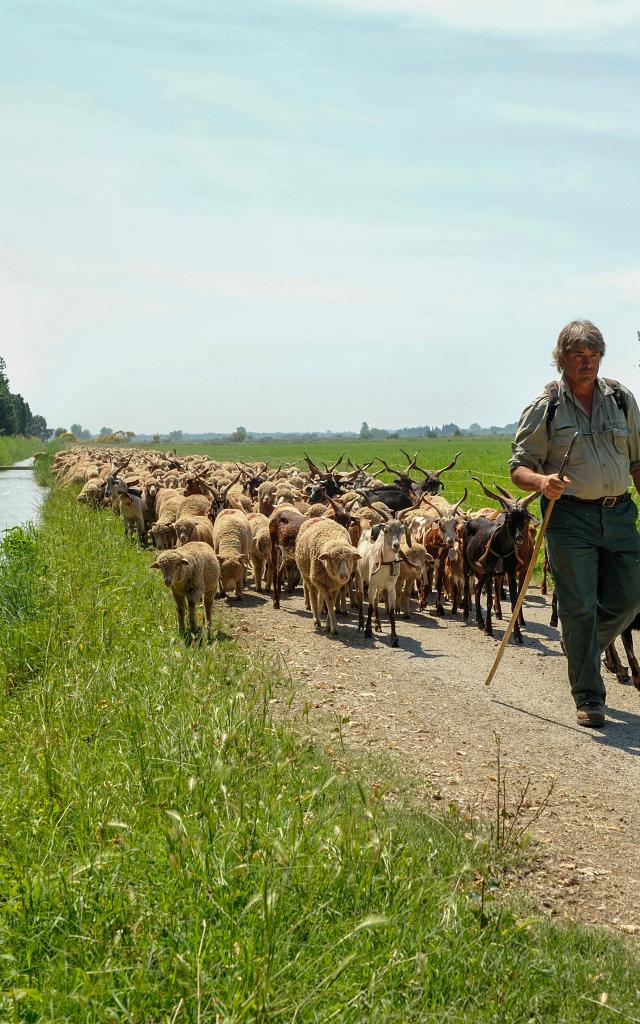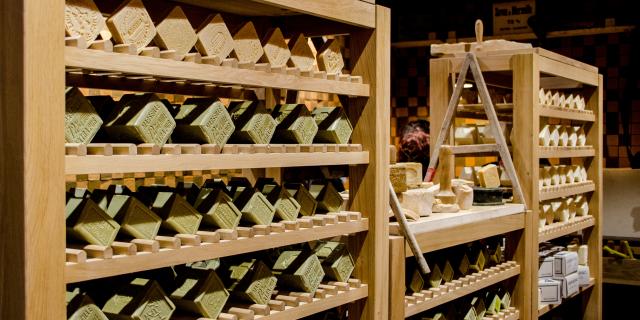 Dsc 2145
Dsc 2145Salon soapmakers
Guardians of traditionAround the soap
To see and doThe soapmakers' district
Soapmakers' architectural heritageSalon’s trade and industry boomed between 1870 and 1920, bringing “architectural euphoria” to the town in the form of “private, public, industrial or commercial buildings”. Salon’s beautiful buildings hark back to the town’s heyday. Here are a few of them: Hôtel Armieux (Palais de Justice), Château Couderc (Clinique Vignoli), Château Garcin (Ecole Michelet).Explore this incredible slice of history that epitomises Salon and its population’s boundless energy in the past, present and future.
Carry on exploring
Explore Salon-de-ProvenceA potted history
The Golden AgeHistory
The railway lines opened in 1873 and saw Salon’s oil and soap trade flourish. The rural little town turned into an industrial hub as the oil and soap trade expanded. This period of great economic wealth is what made the town what we see today: the main roads (Avenue de la République, Boulevard Foch etc.), train station, Théâtre Armand, Cercle des Arts, hippodrome, manors, soap factories etc.


